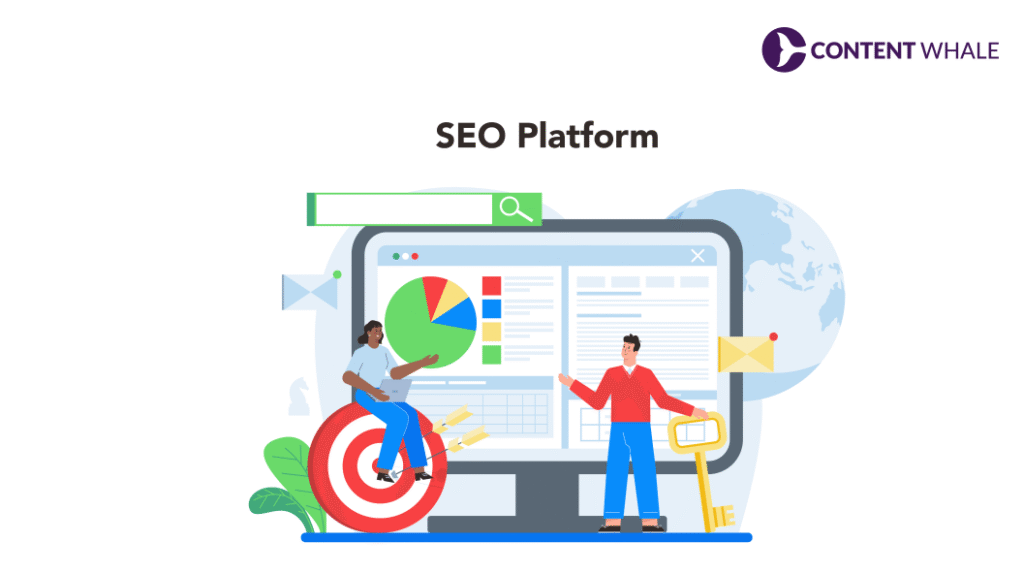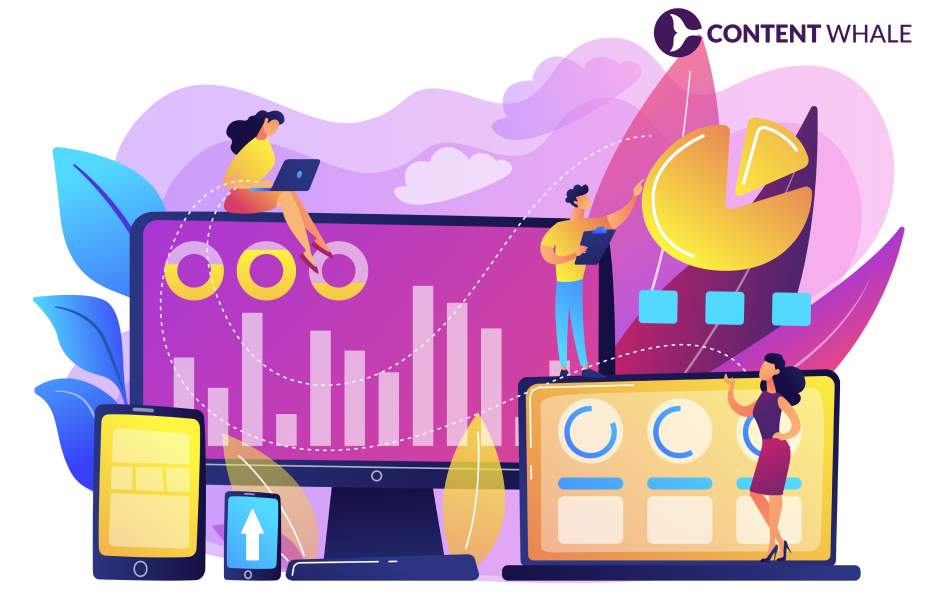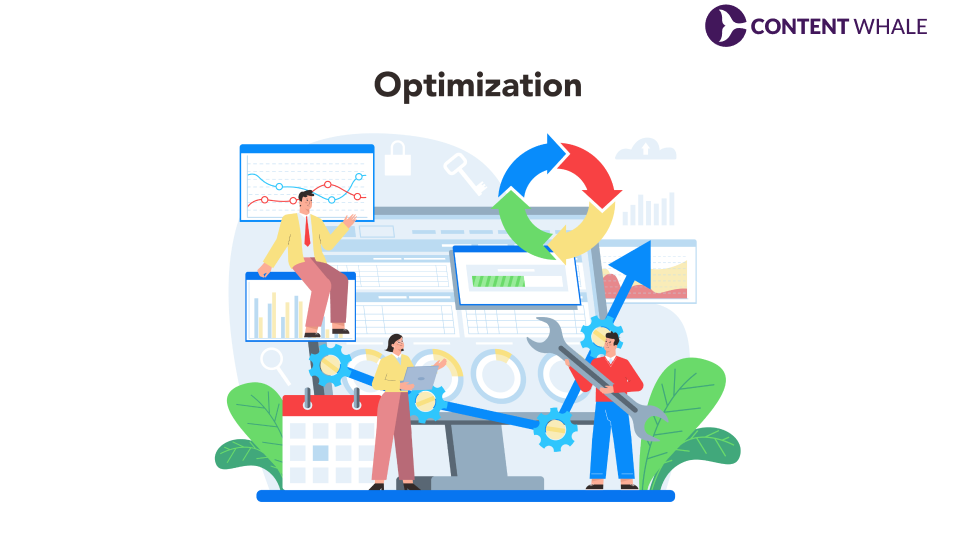Search now blends classic ranking with generative answers. Google expanded AI Overviews to 100 plus countries and reaches over one billion users each month, which shifts how people discover and click (Source). March 2024 brought new spam policies against scaled content abuse and site reputation abuse, so automation without judgment can backfire (Source). On the technical side, INP replaced FID in Core Web Vitals, so responsiveness now matters even more for experience and visibility.
This guide shows how ai seo compares with older playbooks. You will see where ai seo changes research, content packaging, and measurement. We will also map generative engine optimization and ai search optimization to real tasks, from entity models to answer ready formats. The goal is to produce content that earns links, fuels AI answers, and keeps traffic growing without risk.
What is AIO and what is Traditional SEO today?
Search is no longer just about ranking pages by keywords. Under ai seo, or ai search optimization, Google may generate AI Overviews (AIOs) that summarize content directly on the SERP. Traditional SEO focuses on ranking organic listings via keywords, backlinks, and on-page optimization.
Definitions and scope
- Traditional SEO: Optimizing site structure, content, metadata, internal links, backlinks, and technical signals (speed, mobile, crawlability) to rank in organic results.
- AIO / ai seo: Layered on top of traditional SEO, ai seo aims for inclusion in AI Overviews, answer boxes, entity models, and selecting content fragments that AI engines may repurpose.
Where do they overlap and where do they differ?
- Overlap: quality content, E E A T, structured data, good UX matter in both.
- Difference: ai seo demands micro-answers, entity alignment, content citation potential, and fragmentation for AI pipelines, beyond classic page ranking.
How search results changed for AI Overviews and SERP features?
Ai seo must respond to how Google surfaces answers. The shift in SERP format deeply affects traditional visibility.

AI Overviews and zero click patterns
Google projects that hundreds of millions of users will gain access to AI Overviews and expects them to reach over one billion people by year’s end (Source).
Recent reports say AI Overviews now appear in 1.5 billion monthly user contexts and in 11% of Google queries (Source).
The presence of AIOs reduces clickthrough: in searches that return a summary, users often don’t click the links. The Pew Research study noted only 8% of searches with an AI summary led to traditional result clicks, down from ~15% without it. (Source).
A UX study found that most users skim just the top third of AI Overviews; citations in the summary see low click rates (19% mobile, 7.4% desktop) (Source).
What the HowTo and FAQ changes mean for content packaging?
Google has altered how it treats HowTo and FAQ markup (less direct reliance). Content must now conform to what AI engines will parse and cite, not just what schema can tag. The ability to frame your content in succinct answer units is more important than ever.
Core differences by workflow
This section drills into how daily tasks differ under ai seo versus traditional SEO.
Research (keywords → entities → intents)
Traditional SEO often begins with keyword lists and search volume. Under generative engine optimization, research shifts to entity maps, knowledge graph alignment, and understanding which query types generate AIOs (deeper or question-style queries).
Data shows longer queries (8+ words) have seen a 7× increase in frequency where AIO is triggered (Source).
Content operations (prompt scaffolds, templates, review loops)
With ai search optimization, teams often maintain prompt libraries or fragment templates (question → answer → elaboration) for reuse. But human editorial review and factual validation are mandatory to avoid policy violations and quality issues.
Technical (INP, structured data, crawl controls)
In March 2024, Google replaced FID with INP (Interaction to Next Paint) as the new Core Web Vitals responsiveness metric (Source).
Hence pages must ensure fast response times under user interactions, critical both for ranking and for eligibility in AI features.
Structured data must precisely mirror visible content; misuse or mismatch can harm trust in ai seo contexts. Google’s guide states pages eligible for AI Overviews must still meet standard indexing and technical SEO rules.
Links and mentions (authority signals still count)
While AI Overviews may produce direct answers, the underlying content still draws from web pages with authority. Backlinks, brand mentions, reputation, and domain strength remain relevant in signaling trust and selection for citations.
Measurement (GSC filters, answer inclusion, retention)
Under ai seo, new metrics matter: how frequently your content is cited in AI Overviews, how many queries lead to answer inclusion, and whether users continue past the summary to your page. Combine those with classic GSC and GA4 metrics (clicks, CTR, coverage) for a holistic view.
Safe automation and compliance
Automation is tempting, but misuse risks punitive action.

What scaled content abuse looks like?
Google defines scaled content abuse as generating many pages aimed at manipulating rankings rather than serving users. Google updated policies in March 2024 to better detect and penalize such practices (Source). Sites violating these rules see traffic drops and ranking penalties.
Site reputation abuse and third-party content risks
Google also introduced a site reputation abuse clause (from May 2024) to penalize reliance on low reputation content or expired domain content (Source).
Automated curation or republishing third-party content without unique value may count as abuse.
Playbooks to upgrade from Traditional to AIO
Here are concrete approaches to transform your SEO practice:
Entity briefs and outline scaffolds
Begin with entity mapping and draft briefs that define the key subtopics, entity relationships, and answer nodes. This helps AI engines see conceptual structure.
Answer ready formats for FAQs and guides
Write modular paragraphs: question → concise answer (in 30–50 words) → one supporting detail → optionally an example. These fragments make it easier for AI engines to pull citations.
Editorial QA and retrieval checks before publish
After writing, test whether answer snippets can stand alone, whether supporting citations exist, whether content is factually sound, and whether it can be referenced by AI algorithms.
Tools and data stack for AIO
Your stack must support ai seo workflows.

GSC and GA4 views
Segment in Google Search Console queries that triggered “answer” or “AI Overviews” presence vs pure organic. Use GA4 to track downstream engagement (time on page, scrolls).
Page experience and CWV with INP
Use PageSpeed Insights, Core Web Vitals reports, and Search Console to monitor INP, LCP, CLS. Pages with poor INP may be disqualified from AI inclusion.
Schema validation and content scoring
Validate structured data via tools (Rich Results test). Use internal content scoring systems (readability, entity match, freshness) to prep pages for AI engine evaluation.
KPIs that show progress
What metrics tell you ai seo is working?
Share of queries with AI Overview presence
Track what percent of your target queries are now featuring AI Overviews and whether your pages are cited within them.
Answer inclusion and citation rate
Of your published content, how many get cited by AI Overviews (or similar answer engines). Using studies like the GEO16 framework, citation correlates strongly with structured data, metadata, and freshness (Source).
Retained clicks and assisted conversions
Measure how many users arrive past the AI context and stay to engage. Compare conversion or bounce with traffic from summary vs organic.
Case snapshot
One practical example comes from Surfer SEO. In their documented experiment, a newly created page was optimized with entity-focused briefs, condensed answer blocks, and structured formatting. After submitting the page through Google Search Console, the content appeared in Google’s AI Overview results in under eight hours for the query “best free AI detectors.”
Surfer’s internal data showed that certain structuring choices improved inclusion odds: bullet formatting boosted citation rates by 4.72%, stepwise sequences added 5.42%, and condensed answers contributed 8.63%. (Source).
While the study was narrow, it demonstrates how applying ai seo practices, entity alignment, concise answer units, and retrieval-friendly formatting can accelerate AI Overview presence. This shows that generative engine optimization is not a distant theory but already measurable in practice.
How Content Whale Can Help
At Content Whale, we bridge the gap between traditional and ai seo. We begin with entity blueprinting, build prompt-aware content outlines, set up INP tuning and schema validation, and monitor answer inclusion KPIs.
We also audit content quality to prevent scaled content abuse and site reputation risks. Let us help you transition to a future-safe SEO model without sacrificing traffic or compliance.
Conclusion
Shifting from traditional SEO to ai seo isn’t about discarding old practices, it’s about evolving them. You still need high-quality content, a fast site, strong backlinks, and user focus. But now, you must think in answer units, entity alignment, and citation potential. Begin small: pick a content vertical, draft fragments, test inclusion, measure carefully.
When you’re ready to accelerate, Content Whale is here to assist your transformation.
FAQs
Q1: What is AIO vs traditional SEO?
AIO refers to ai seo practices targeting inclusion in AI Overviews and answer engines. Traditional SEO optimizes for organic ranking in search results via content, links, and technical signals.
Q2: How do I measure gains from AIO?
Track your answer inclusion rate, how often your pages are cited in AI Overviews, retained clicks past summaries, and conversion lift compared to traditional traffic.
Q3: What risks should I avoid with AI content?
Avoid scaled content abuse (mass automated pages without added value) and site reputation abuse (republishing low-trust content). These violate Google’s updated spam policies (Source).
Q4: How do entities improve ranking and answers?
Entities help AI engines map relationships across topics and support relevance in citations. Content aligned with entity models is more likely to be cited in ai seo contexts.
Q5: What technical updates matter now?
Focus on INP (Interaction to Next Paint) replacing FID in Core Web Vitals, proper structured data, crawl correctness, and page experience scores (Source).
Q6: Do backlinks still matter with AI Overviews?
Yes. AI Overviews and answer engines often draw from pages with high authority, strong backlink profiles, and reputational signals. Backlinks continue to play a foundational role in trust and selection.






